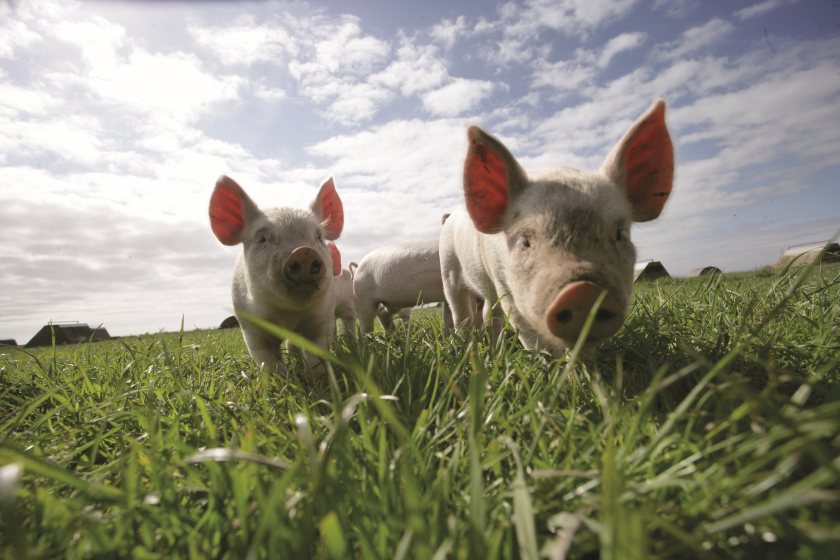
New efforts are being undertaken by the Scottish red meat sector to safeguard pig farmers against the growing threat of African swine fever (ASF).
Striving to stay ahead of this highly transmissible disease, various strategies, including participation in global consultations and the establishment of a dedicated 'Feral Pig Working Group', are being deployed.
Quality Meat Scotland (QMS) recently attended the global consultation on ASF control organised by the UN's Food and Agriculture Organization (FAO).
Speaking about the significance of the initiative, the levy board emphasised the urgent need for proactive measures, citing the devastating impact ASF has had on pig populations worldwide.
ASF is the biggest animal disease outbreak ever recorded, posing a very real threat to Scotland's pig industry and wild boar population.
Andy McGowan, QMS board member and chief executive of Scottish Pig Producers, who attended the FAO meeting, said the sector's goal was to keep it out of the country.
"We are also preparing for the possibility of an outbreak and working on contingency plans to minimise its impact," he said.
Highlighting the importance of border controls, he expressed deep concerns over existing regulations that could potentially allow the virus to enter the UK.
Stricter measures were also needed to prevent the introduction of ASF through commercial and personal imports of pork products, he said.
“Border controls in the UK are woeful. Having been delayed for seven years due to Brexit, veterinary certificates are now required for commercial imports, but they aren’t being checked.
"Unlike Europe, the UK still permits individuals to bring in up to 2kg of pork products for personal consumption. That is being tested and positive results show some does contain viable ASF.
“Across the world we’ve seen this virus spread primarily through wild boar accessing infected food products. It is essential that we minimise the likelihood that the wild boar and feral pigs in Scotland encounter contaminated food.”
Research indicated that the chances of ASF spreading from one infected pig farm to another is around 0.2% while the risk of an infected wild boar or feral pig spreading the disease to an outdoor farm is closer to 50%.
Alongside preventative actions, the global consultation highlighted the importance of a swift and effective response in case of an outbreak.
Mr McGowan stressed the need for a coordinated approach plan involving testing, culling, and movement controls - beyond those already in place through ASF being a notifiable disease.
“Often the secondary impact of a disease outbreak is greater than the primary,” he said. “With foot and mouth, for example, 80% of the financial losses were through the tourism sector and wider rural economy.
"While I don’t think an outbreak of ASF would have the same impact on tourism businesses, the knock-on effects for the supply chain and other producers in the rest of the UK would be significant.”
In addition to participating in international efforts, QMS has taken proactive steps at the domestic level, including the formation of a 'Feral Pig Working Group'.
This collaborative initiative brings together stakeholders such as land management agencies, Scottish Gamekeepers Association, deer management groups, forestry national parks and NatureScot, to address the threat posed by feral pigs as potential vectors for ASF.
“Scotland has wild boar, wild pigs and feral pigs located around the West coast, notable areas include Fort William and the Northwest Highlands as well as the Monadhliath mountains and Dumfries and Galloway,” explains Bruce McConachie, head of industry development at QMS.
“Members of the Feral Pig Working Group already do a good job of mapping and controlling populations of wild and feral pigs.
“We understand the population dynamics and how they move across the landscape but currently the focus is the damage they can do to ground nesting and rare birds.
"There is more we can learn when we consider populations through the lens of controlling ASF.”
